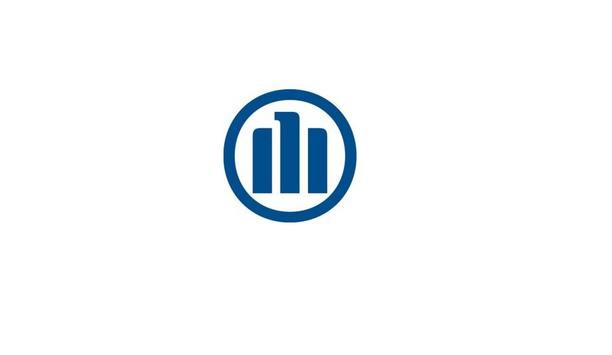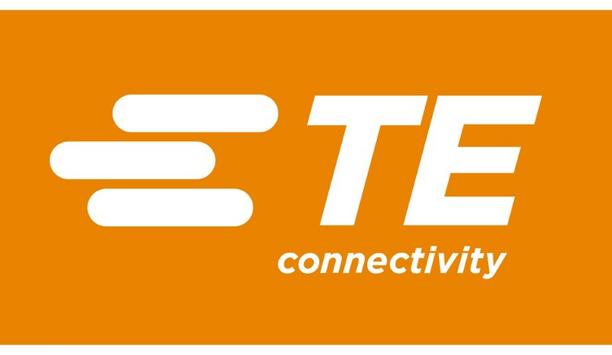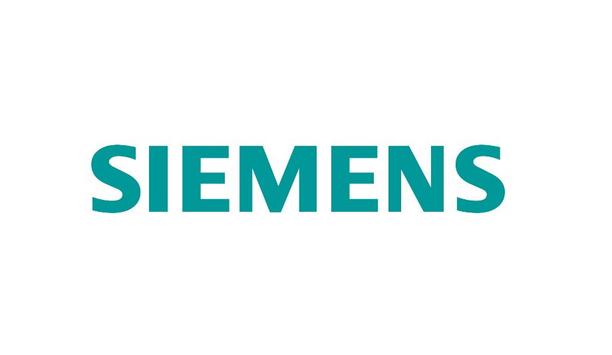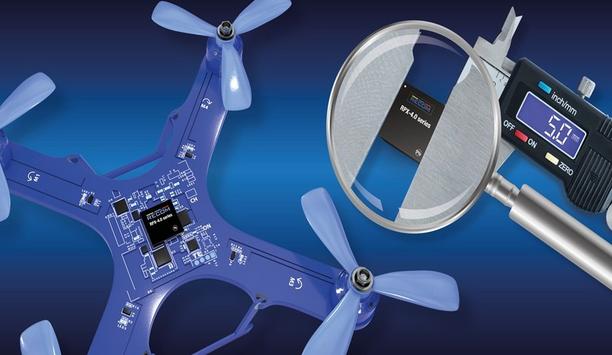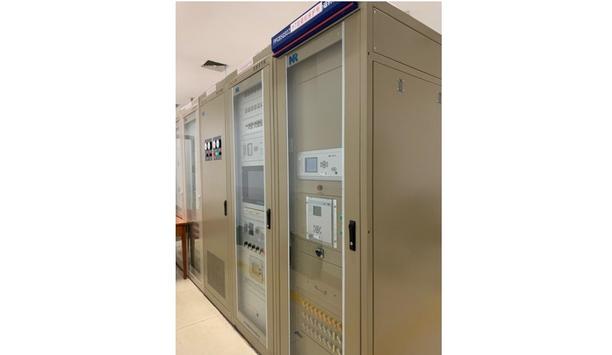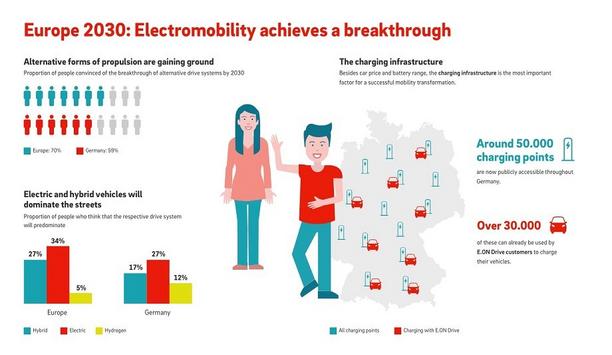By doing digital simulations of a smart district, the team determined that using an energy management system based on Xenon could limit peaks by up to 34% and reduce costs by up to 7%.
SmartQuart is the first real laboratory of the energy transition in Germany. Three separate energy-optimized quarters or smart districts will be interconnected digitally via a single Smart-Hub with a multi-energy design, meaning they will incorporate heat, electricity and hydrogen.
Through a consortium of 11 partners, the aim is to demonstrate how they can use innovative systems to achieve decentralized and intelligent carbon-neutral cities.
Energy management system
The design of the energy management system is also entering the next phase of development
The first of the three quarters to go live will involve a 60,000 m² development on a nature-protected area in the town of Bedburg. 130 new residential units will be built here with typical small-town density and energy will be supplied by solar panels and a local wind farm. The quarter is being equipped with an energy management solution based on Xenon.
As sustainable construction starts to take shape, the design of the energy management system is also entering the next phase of development. One of the most effective ways to debug and refine the system architecture and speed up the commissioning of the energy management system is through digital simulations.
RWTH's prediction-based algorithm
The team simulated a virtual gridBox in real-time and applied energy and load thresholds to simulated assets, which then delivered control commands to the system. In this way, the communication protocol between the three partners – RWTH Aachen University, xNet and gridX – could be tested.
One of the major challenges was synchronizing RWTH's prediction-based algorithm, which delivers forecasts and optimal control, with the rule-based algorithm, which provides real-time control and ensures the safety of the operation in the case of loss of connection, to optimize energy management.
By using the DER API as the centerpiece to enable transparent communication between all partners, RWTH is able to supply operational constraints for the different systems to both gridX and xNet, the partner responsible for heat-related aspects. Take a look at the diagram below to gain a deeper understanding of what this system looks like.
High generation of wind and solar power
The simulations proved that the communication protocol works effectively
The simulations proved that the communication protocol works effectively and enables a healthy balance between real-time and future control. In order to test different control strategies, the simulations were run across two days, each with different conditions.
The first had high generation of wind and solar power and the aim was to minimize the amount of energy sent back to the grid to avoid overloads at the grid connection point. The results of the power and state of charge of the simulated assets with and without feed-in power management.
- Day 1: High generation from local wind & PV Aim: Limit feed-in/export peaks
The second day had low generation and aimed to maximize self-consumption while shaving peak demand. The difference made by including peak power management is shown below.
- Day 1: Low generation Aim: Limit import peaks
These graphs demonstrate the importance of using an intelligent energy management system to reduce both import and export peaks to ensure that residents can remain self-sufficient without experiencing overloads or blackouts. In this way, the quarter can simultaneously minimize its carbon emissions and costs – by up to 7% – while enhancing efficiency and self-sufficiency. The DER API is a crucial component that enables communication between the different systems via the cloud.
Development of carbon-neutral cities
The simulations are an important step in the development of carbon-neutral cities as they provide real data on how partners can communicate and deliver commands to optimize energy management. Further simulations will be conducted over the next few months to ensure that the electrical-related and heat-related aspects can be optimally connected and controlled and the findings will also inform the design of the other two quarters.
As part of the 'Digitale Woche Rhein-Erft' in Bedburg earlier this month, Technical Project Manager Jan Bergholz delivered a short presentation (in German only) on the technical setup of energy-efficient quarters and how the Xenon platform plays a crucial role in their success.

